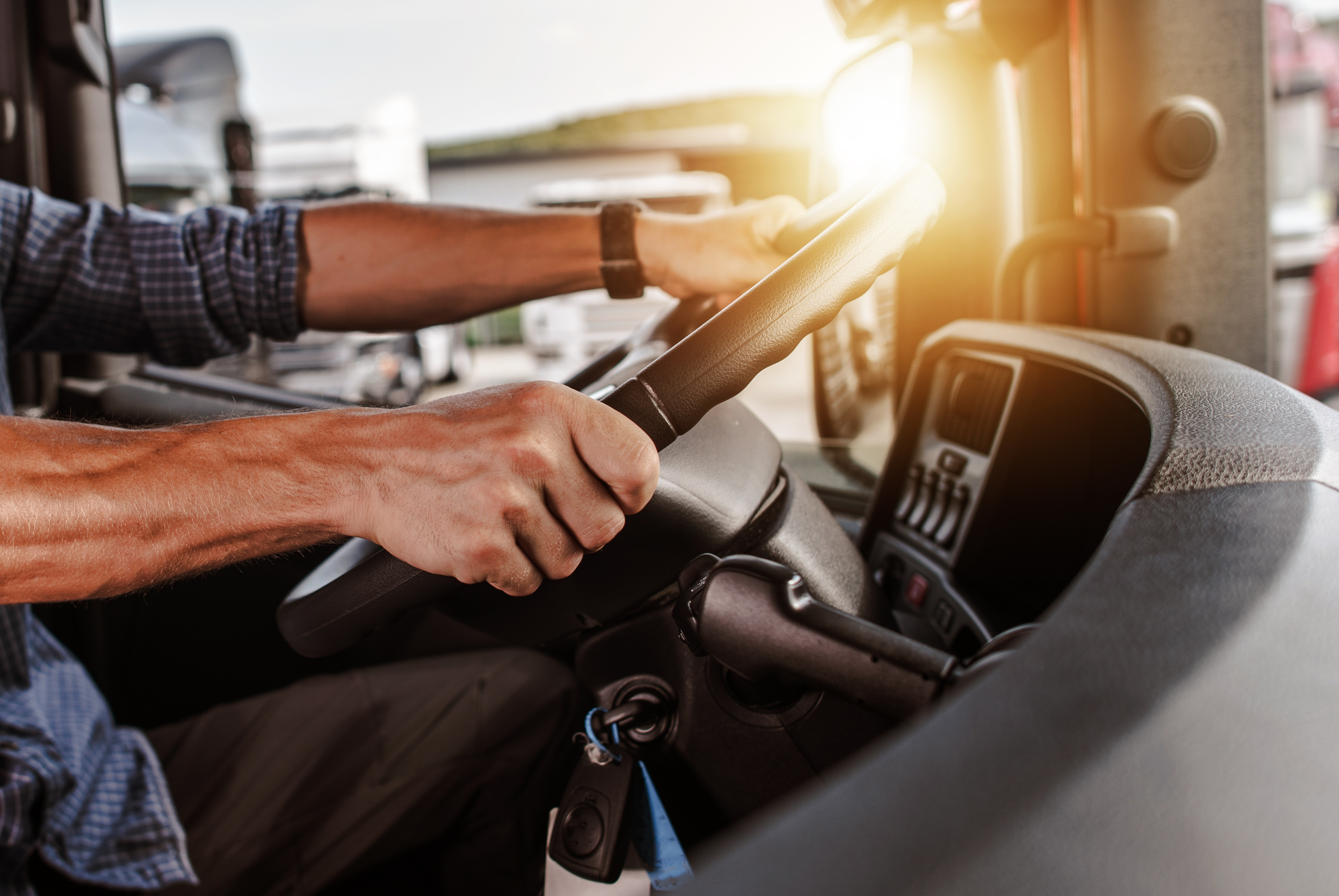
Miranda Blake
Dart Charge-konto - gør dine betalinger nemmere
Oprettet: 08.11.2024
•
Opdateret: 13.12.2025
Det er vigtigt at forstå indviklingen i Dart Charge-systemet for at sikre en problemfri og omkostningseffektiv oplevelse, når du bruger Dartford Crossing. Hvis du sætter dig ind i betalingsmulighederne, kontostyringen og de potentielle faldgruber, kan du undgå unødvendige bøder og hovedpine.
Forståelse af Darts opladningssystem
Dartford Crossing, som er et vigtigt aspekt for den kommercielle trafik, styres af et sofistikeret elektronisk betalingssystem kendt som Dart Charge. Dette innovative system blev indført for at effektivisere opkrævningen af vejafgifter, fjerne behovet for traditionelle betalingsanlæg og gøre det muligt for bilisterne at forudbetale eller betale online ved dagens slutning.
Dart Charge forklaret
Undrer du dig over, hvad Dart Charge helt præcist er? Det henviser til den betalingsmetode, der bruges til Dartford Crossing. Systemet blev implementeret for at forbedre trafikflowet og give brugerne en mere bekvem betalingsoplevelse.
Krydsning af Dartford Crossing: betalingsmuligheder
Bilister har tre primære muligheder, når det gælder betaling af Dart-afgiften:
- Pre-pay-konto: Kunder kan oprette en pre-pay-konto, som tilbyder automatisk fakturering og en nedsat overfartspris. En sådan problemfri tilgang sikrer, at betalinger foretages problemfrit, idet kontoen automatisk debiteres for hver overfart.
- Engangsbetalinger: For dem, der ikke har en pre-pay-konto, er der mulighed for at betale online, via telefon eller i Payzone-butikker. Betalinger kan foretages på forhånd eller inden midnat den følgende dag.
- Gratis overgange: Dartford Crossing er gratis at bruge mellem kl. 22.00 og kl. 6.00, hvilket giver en omkostningseffektiv mulighed for rejser om natten.
Dart Charge-satser: forstå omkostningerne
Er du nysgerrig efter at vide, hvad Dart Charge-satserne er? De varierer afhængigt af køretøjsklassen, og om kunden har en forudbetalingskonto eller foretager en engangsbetaling. Her er en oversigt over de aktuelle gebyrer:

Du kan også [læse flere tips om betaling og andre aspekter for nye bilister her] (https://snapacc.com/newsroom/trucking-101-five-top-tips-for-new-drivers/).
Administration af din Dart Charge-konto
Vedligeholdelse af din Dart Charge-konto er afgørende for at undgå bøder og effektivisere dine overfarter. Lad os udforske de vigtigste aspekter af kontoadministration.
Oprettelse af en Dart Charge-konto
Etablering af en Dart Charge-konto er en enkel proces. Kunder kan besøge [det officielle Dart Charge-websted] (https://www.gov.uk/pay-dartford-crossing-charge), klikke på "Start nu" og vælge indstillingen "Log ind eller opret en Dart Charge-konto". Alternativt kan de åbne en pre-pay-konto ved at downloade og indsende en ansøgningsformular.
Log ind og nulstil adgangskoder
For at få adgang til din Dart Charge-konto skal du bruge den e-mailadresse, der er registreret på kontoen. Hvis du har glemt din adgangskode, vil linket på login-siden guide dig gennem processen med at oprette en ny.
Opdatering af personlige oplysninger og køretøjsoplysninger
Du kan ændre dit navn, din adresse eller de registreringsnumre, der er knyttet til din konto, ved at logge ind på din Dart Charge-konto, navigere til afsnittene "Kontoadministration" og "Profil" eller "Køretøjsadministration" og foretage de nødvendige opdateringer.
Visning af krydsningshistorik og kontoudtog
Kunder kan se deres krydsningshistorik og kontoudtog ved at logge ind på deres Dart Charge-konto. Denne funktion giver dig mulighed for at spore dit forbrug og sikre, at alle betalinger er blevet registreret korrekt.
Hvilende og suspenderede konti
Hvis din Dart Charge-konto bliver inaktiv på grund af manglende køretøjsregistrering, gyldig betalingsmetode eller nylige overkørsler, kan du genaktivere den ved at løse det underliggende problem. På samme måde kan en suspenderet konto ophæves ved at supplere saldoen eller betale for eventuelle udestående overkørsler.
Lukning af din Dart Charge-konto
Når det er tid til at lukke din Dart Charge-konto, kan du gøre det ved at logge ind, navigere til afsnittet "Kontostyring" og vælge "Luk konto". En eventuel restsaldo vil blive refunderet ved hjælp af den samme betalingsmetode.

Dartford Crossing-betalinger med SNAP
SNAP Account er en praktisk løsning, der giver flere fordele for chauffører og [flådeoperatører] (https://snapacc.com/fleet-operators/).
Problemfri betalingsproces
Systemet håndterer automatisk betalingen for hver overfart, så man ikke behøver at huske at betale eller handle direkte med Dart Charge.
Garanteret betaling til tiden
Du vil aldrig modtage en opkrævning for forsinket betaling. Det hjælper med at undgå potentielle bøder eller sanktioner i forbindelse med manglende eller forsinkede betalinger, hvilket giver ro i sindet.
Konsolideret fakturering
Vi forenkler din økonomistyring ved at inkludere Dartford Crossing-transaktioner på den samme faktura som dine andre SNAP-kontoaktiviteter. En sådan konsolidering gør det lettere at spore og styre dine udgifter.
Tidsbesparende
Ved at automatisere betalingsprocessen sparer vi chaufførerne for værdifuld tid. Der er ingen grund til at stoppe og foretage individuelle betalinger eller huske at betale inden midnat den følgende dag, som det kræves, når man betaler direkte gennem regeringens Dart Charge-system.
Integration med andre tjenester
Vores Dartford Crossing-tjeneste er en del af et bredere økosystem af vejtransporttjenester. Denne integration giver brugerne mulighed for at styre flere aspekter af deres rejse, herunder parkering, vask og brændstofpåfyldning, via en enkelt platform.
Omkostningskontrol for flådeoperatører
For virksomheder, der administrerer flere køretøjer, tilbyder vi en effektiv måde at kontrollere og overvåge udgifterne til Dartford Crossing. Det konsoliderede fakturerings- og automatiserede betalingssystem hjælper med at strømline regnskabsprocesser og reducere den administrative byrde, der er forbundet med at administrere individuelle overkørsler. Ved at bruge SNAP Account til Dartford Crossing-betalinger kan chauffører og flådeoperatører få en mere effektiv, pålidelig og stressfri oplevelse, når de bruger denne vigtige transportforbindelse.
Vil du vide mere om, hvordan du kan spare penge på vejen? Se vores artikel om [tips til brændstofbesparelser] (https://snapacc.com/newsroom/fuel-saving-tips-for-truck-drivers/) og vores [lastbilchaufførens guide til budgetlægning] (https://snapacc.com/newsroom/a-truck-drivers-guide-to-budgeting/).



